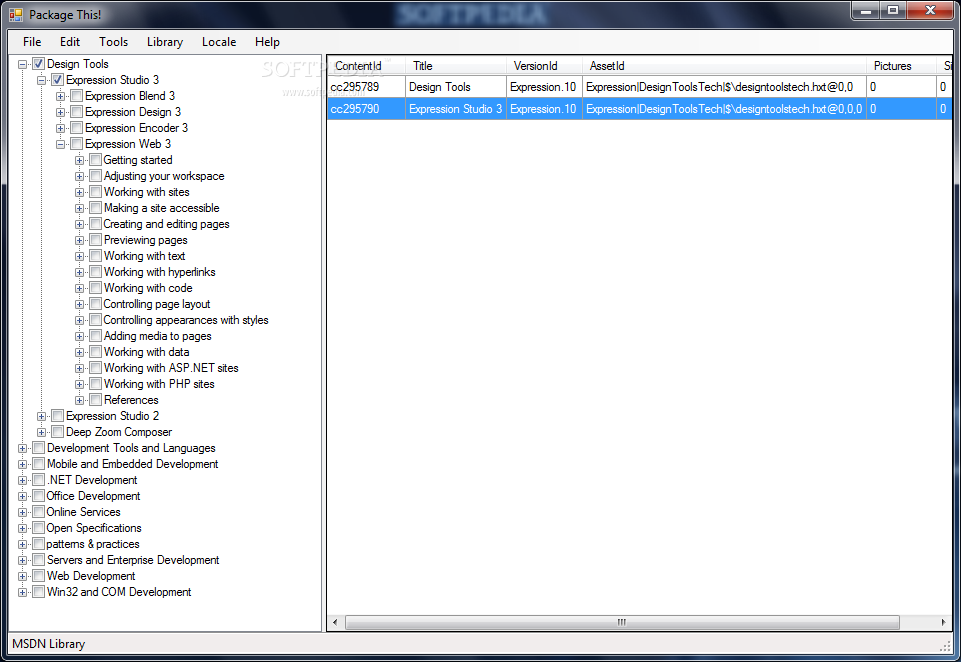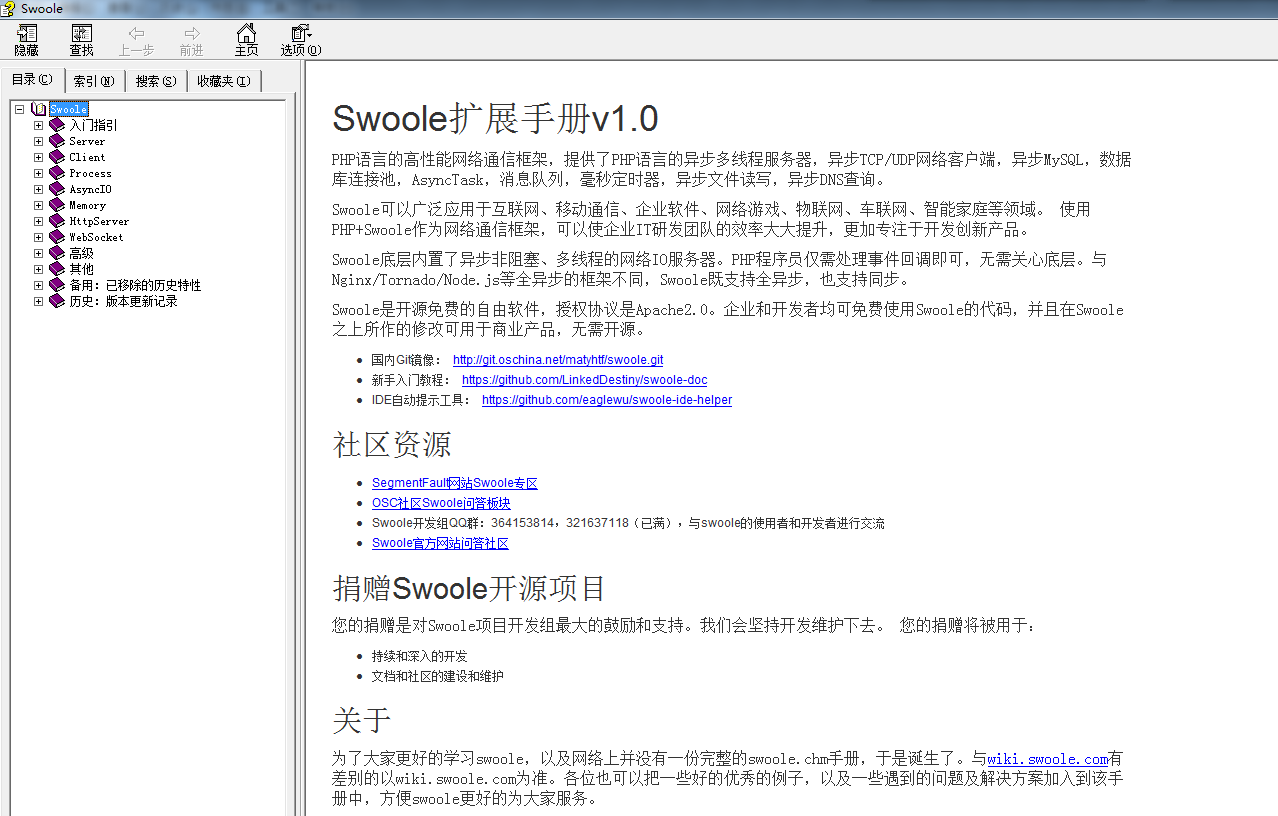
The first thing I tried was to create the shortcut in an accessible network location, but here some more anomalous behaviour exhibited itself – if the shortcut wasn’t on a local drive, the verbs were again missing.

In case you’re not getting what I mean, if I create a shortcut like this chm file to the Taskbar, and you can’t pin the HTML Help executable itself to the Taskbar, what you can pin to the Taskbar is a shortcut to hh.exe that references the. Well, one anomaly I did find was that although you can’t pin a shortcut to a. So, now that we are suitably educated, how can we go about getting our.
#Readme chm file registration
These programs must take advantage of the property that is available to developers, or alternatively they can use the Registry to do this, by adding a NoStartPage entry to the application’s registration in HKEY_CLASSES_ROOT\Applications\Example.exe. I’ve also noticed other, non-Microsoft programs and/or shortcuts that can’t be Pinned to the Taskbar or Start Menu. This would also explain why we can’t pin a shortcut to an HTML Help file to the Taskbar either – the association with the “banned” executable in the shortcut properties must prevent the option from being available. …with right in the middle of that lot, our friend hh.exe. HKLM\Software\Microsoft\Windows\CurrentVersion\Explorer\FileAssociation\AddRemoveApps HKLM\Software\Microsoft\Windows\CurrentVersion\Explorer\FileAssociation\HostApps The list of “banned” executables is listed in the Registry at these two keys:.
#Readme chm file windows
Strange behaviour indeed! If ever there was a time to go digging through the depths of the interwebs for information on the inner workings of the Windows OS, then this was it.Īfter a bit of research and Google-fu, I found to my surprise that certain executables were effectively banned from being Pinned, and were also excluded from the Frequently Used List. Here is an example of a “normal” shortcut that has the options for Pinning (both to Taskbar and Start Menu) There was clearly something going on “under the hood” of Windows with regard to this pinning.

I was quite disconcerted to find that I couldn’t actually do this, and wondered if this was the reason that I also couldn’t pin a shortcut to a. Next I tried to pin the HTML Help executable itself to the Taskbar ( %windir%\hh.exe).
#Readme chm file .exe
exe extension allowed me to pin it, but when I tried to edit the shortcut properties in %AppData%\Microsoft\Internet Explorer\Quick Launch\User Pinned\Taskbar, the Pinned Item promptly disappeared. As far as I was aware, it was executables and shortcuts that could be pinned to the Taskbar or Start Menu – but if I created a shortcut to my HTML Help file, the “Pin To Taskbar” context menu option was not available for it. Sounds simple enough, no?Īs I started to look into this it became obvious that it was not as straightforward as I thought. The requirement we started with was to pin a shortcut to the Taskbar that opened up a specific HTML Help file – a file with the. OK, I’m feeling a bit ropey after being the guest of the kind people at AppSense last night down here in London, so for today I think we will just have a little bit of a case study in using Environment Manager to solve real-world user issues.


 0 kommentar(er)
0 kommentar(er)
